Last-Minute NYC Holiday Gift Guide 🎁
We’ve created a holiday gift guide with presents for the intrepid New Yorker that should arrive just in time—


For a city nicknamed the “concrete jungle,” New York City still has a lot of green space. According to the Department of Parks & Recreation, New York City has at least 1,700 parks, playgrounds, and recreational spaces. This amounts to 30,000 acres of land, equivalent to a whopping 14 percent of the land in New York City.
With Central Park, New York City’s most famous park, measuring at 843 acres, you could easily be deceived into thinking that it is the city’s largest park. Central Park is certainly the largest park to be found in Manhattan, taking up six percent of the borough’s land area, but even larger expanses of greenery can be found in most of the other boroughs. Here are five parks in New York City that dwarf Central Park:
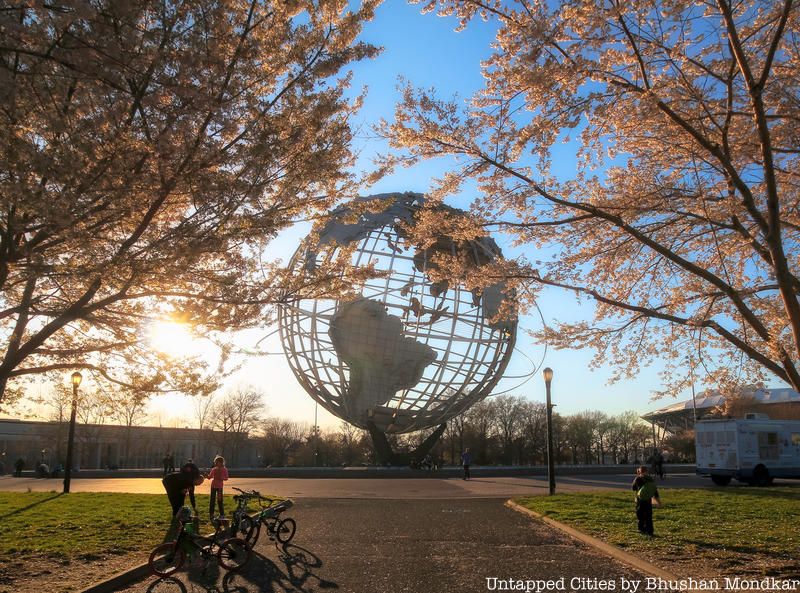
At 898 acres, Flushing Meadows-Corona Park is only slightly larger than Central Park, but it proudly holds the title of the largest park in Queens. Queens residents can also be proud that the park was the site of the World Fair in 1939 and 1964. It has been the venue for the U.S. Open Tennis Championships for more than 50 years. Today, park visitors can still see remnants from the World Fairs, including the New York State Pavilion, Meadow and Willow Lakes, and the iconic Unisphere.

Discover what's left from both the 1939/40 and 1964/64 World's Fairs on a tour through Flushing Meadows-Corona Park!
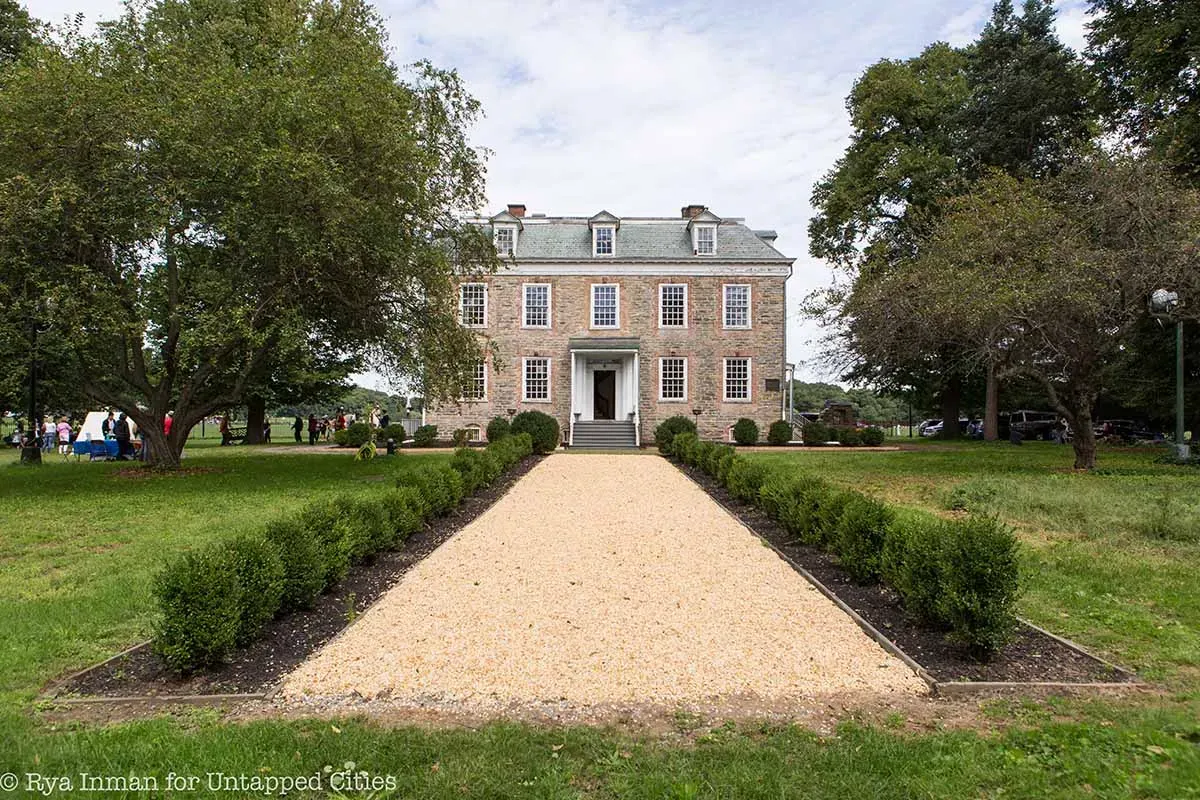
The Bronx is made up of 25 percent parkland, so it’s no surprise that two of New York City’s biggest parks are located in the borough (although the concentration of the parkland leaves most of the Bronx with less walkable access to parks than other boroughs). Van Cortlandt Park, the smaller of the two, is made up of over 1,146 acres of playing fields, playgrounds, and dense forests.
The park is also rich in history: in addition to being the site of the 1778 battle of Kingsbridge where Stockbridge Mohicans died fighting for the Patriots’ cause, the park is also home to the Van Cortlandt House, the oldest house in the borough. Additionally, during the Revolutionary War, vaults in the Van Cortlandt burial ground were used to stash important New York City records for safekeeping.
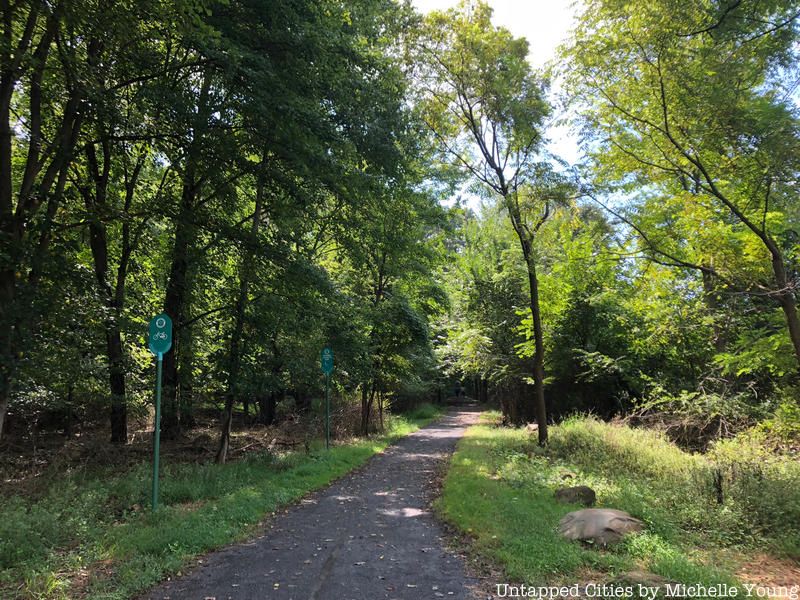
As its name implies, the Greenbelt is a 2,800 acre network of connected parks and trails that form a massive belt around the middle of Staten Island. After the opening of the Verrazano-Narrows Bridge in 1964, Staten Island residents and nature lovers feared that the borough’s wetlands and forests would soon be lost to developers (Their fears were not unfounded, as Robert Moses had planned to extend Richmond Parkway right through the site of today’s High Rock Park). After 20 years of negotiations, the Greenbelt was finally designated parkland in 1983.
Ironically, the Greenbelt’s Moses’ Mountain is named after the Parks Commissioner who opposed the park’s existence. The 260-foot mound of rock and soil was made from a section of road cut from the Staten Island Expressway that was originally intended to be used to construct Richmond Parkway. Since Richmond Parkway was not extended, the unused mound has gradually become overtaken with grasses, trees, and wildlife. Places to visit in the Greenbelt in addition to the trails and parks include a Nature Center, a carousel, a golf course, and a recreation center.
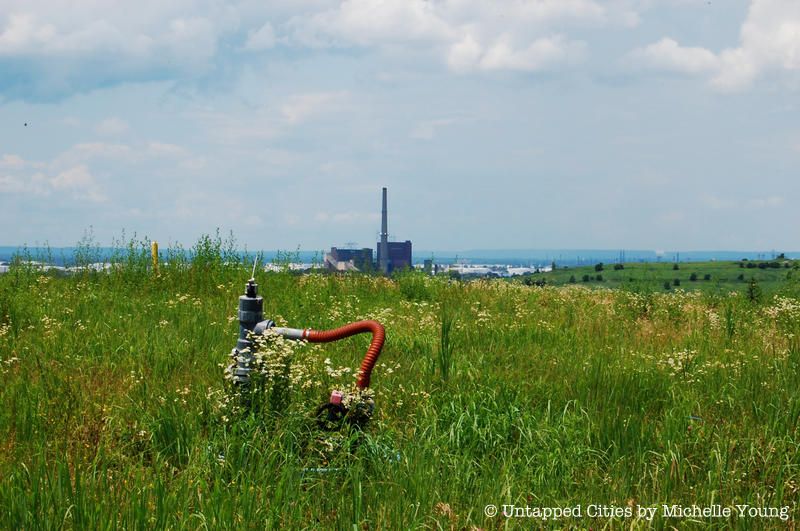
Touted as the largest park developed by the city in more than 100 years, Freshkills Park has been described by Staten Island Blue Guide author Carol V. Wright as a “monumental act of ecological contrition.” Set to be completed by 2036, the 2,200-acre former landfill will be nearly three times the size of Central Park and, despite the area’s history, will be able to “offer just about everything you could wish for in a park,” writes Wright.
What’s making this transformation possible? According to the Fresh Kills Park Alliance, 30 inches of soil and protective geotextiles cover the trash. A network of underground pipes filters away methane and leachate from the decomposing waste. That gas is then converted to natural gas to be used by the National Grid.
Read more about Freshkills Park here.
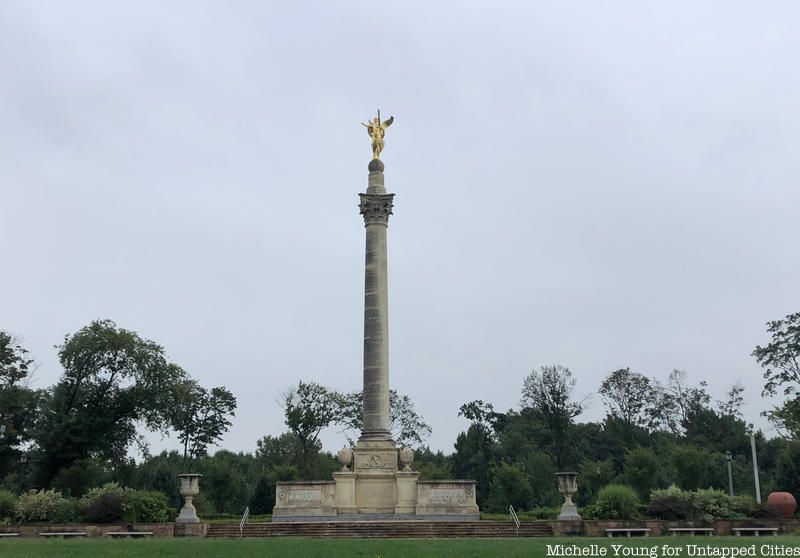
At a whopping 2,765 acres Pelham Bay Park in the Bronx is the largest park in New York City. Like the city’s other massive parks, Pelham Bay Park has the room and facilities to accommodate both sports and nature enthusiasts. But what sets it apart from the other parks is Orchard Beach, the Bronx’s only public beach, a man-made oceanfront created by Robert Moses.
Long before becoming a place of recreation, the parkland was the site a short-lived colony founded by Anne Hutchinson, a former Puritan settler. The land would later become part of Pelham Manor and the site of the Revolutionary War Battle of Pell’s Point in 1776. According to the Friends of Pelham Bay Park, the stone walls American troops hid behind as they attacked the British forces are still present within the park’s golf course. Other spots to visit include the Bartow-Pell Mansion, a World War I statue, and a statue that is the remnant of a demolished athletic facility. Read more about what to check out in Pelham Bay Park here.
Next, check out the 10 Smallest Parks in Manhattan.
Subscribe to our newsletter